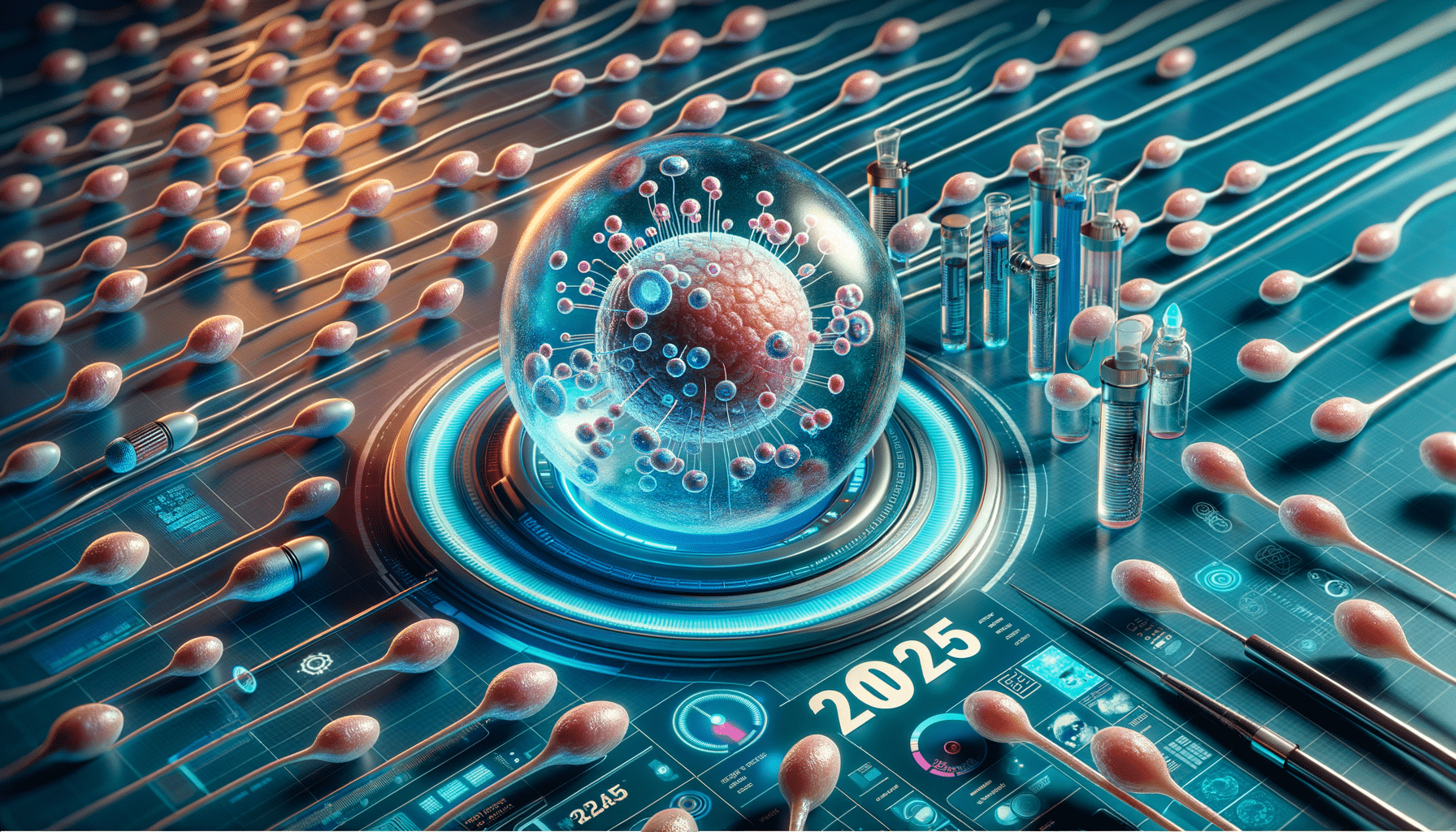
Sperm donation in 2025: What You Should Know
Introduction to Sperm Donation in 2025
Sperm donation has long been a critical component of assisted reproductive technologies, providing opportunities for individuals and couples to start families. As we move into 2025, the landscape of sperm donation is evolving with advances in medical technology, changes in societal norms, and updated legal frameworks. Understanding these dynamics is essential for anyone considering sperm donation, whether as a donor or a recipient. This article explores the key aspects of sperm donation in 2025, offering insights into its significance, process, and implications.
The Process of Sperm Donation
The process of sperm donation in 2025 remains largely consistent with past practices but benefits from technological advancements that enhance screening and storage methods. Potential donors undergo a rigorous selection process, which includes medical history reviews, genetic testing, and psychological evaluations. This ensures that donated sperm is of high quality and that donors are fully informed about the implications of their contribution.
Once selected, donors provide samples at a sperm bank or fertility clinic. The samples are then analyzed for motility, count, and morphology. Advanced cryopreservation techniques are employed to store sperm, maintaining its viability for extended periods. This process is crucial for ensuring that recipients have access to healthy and effective sperm for artificial insemination or in vitro fertilization (IVF) procedures.
Donors are compensated for their time and effort, although the primary motivation for many is the altruistic desire to help others create families. The anonymity of donors is a topic of ongoing debate, with some regions moving towards open donor policies that allow offspring to learn about their biological origins upon reaching adulthood.
Legal and Ethical Considerations
Legal and ethical considerations surrounding sperm donation have evolved significantly by 2025. Laws regarding donor anonymity, parental rights, and the number of offspring from a single donor vary by jurisdiction, reflecting diverse cultural and societal values. In some areas, legislation now mandates that donors be identifiable, allowing children conceived through donation to access information about their biological origins.
Ethically, the focus is on balancing the rights and interests of donors, recipients, and offspring. There is a growing emphasis on transparency and informed consent, ensuring that all parties understand the potential long-term implications of sperm donation. Ethical guidelines also address the commercialization of sperm donation, advocating for practices that prioritize the well-being of all involved over profit motives.
These legal and ethical frameworks aim to protect the rights of donor-conceived individuals while respecting the privacy and intentions of donors. As societal attitudes continue to shift, these considerations will likely evolve further, influencing the future landscape of sperm donation.
Technological Advancements in Sperm Donation
Technological advancements have significantly impacted the field of sperm donation, enhancing both the donor selection process and the success rates of fertility treatments. In 2025, genetic screening technologies are more sophisticated, allowing for a comprehensive analysis of potential donors’ genetic profiles. This helps in identifying any hereditary conditions that could be passed on to offspring.
Additionally, artificial intelligence (AI) and machine learning are being utilized to predict the success rates of sperm samples, optimizing their use in fertility treatments. These technologies facilitate better matching between donors and recipients, increasing the likelihood of successful conception and healthy pregnancies.
Furthermore, innovations in cryopreservation techniques have improved the storage and longevity of sperm samples. This ensures that high-quality sperm is available when needed, regardless of geographical barriers. These technological advancements contribute to more efficient and effective sperm donation practices, benefiting both donors and recipients.
Future Trends and Considerations
As we look towards the future of sperm donation beyond 2025, several trends and considerations emerge. The increasing acceptance of diverse family structures, including single-parent and same-sex families, is likely to drive demand for sperm donation services. This societal shift is accompanied by a growing focus on inclusivity and accessibility in reproductive health services.
Another trend is the potential for international sperm donation networks, facilitated by advancements in storage and transportation technologies. This could provide recipients with a broader range of donor options, although it also raises questions about regulatory consistency across borders.
Finally, ongoing discussions about the ethical implications of genetic modification and enhancement in sperm donation could shape future practices. While current technologies focus on screening for health conditions, future possibilities may include selecting for specific traits, a prospect that requires careful ethical consideration.
Overall, the future of sperm donation is poised to be shaped by technological innovations, evolving societal norms, and ongoing ethical debates. Staying informed about these trends is crucial for anyone involved in or considering sperm donation.


